This website uses cookies so that we can provide you with the best user experience possible. Cookie information is stored in your browser and performs functions such as recognising you when you return to our website and helping our team to understand which sections of the website you find most interesting and useful.
Several places spring to mind for the classic UK staycation, whether it’s the honey-hued villages of the Cotswolds or the elegant cityscape of Edinburgh. But in summer, few destinations seem to capture the British imagination like Cornwall does.
From the shores of St Ives to the inland capital of Truro, Cornwall is a perennial staycation favourite thanks to beautiful beaches, picturesque towns and villages, and some of the finest walking trails in the country.
However, occasionally its highlights can become its undoing, as parts of the county become almost overrun during the summer, with locals and tourists alike competing for parking spaces and hotel places.
The best way to avoid these crowds? Try exploring the parts of Cornwall that remain ‘off the beaten path’. This may sound like a challenge in a county that’s so popular with tourists but if you know where to look it’s possible to find peace and serenity.
From hidden stretches of golden coastline to quaint fishing villages and locally famous landmarks, a tour of some of Cornwall’s less crowded spots is also an exploration of Cornish culture, history and natural beauty. Read on for a selection of less visited spots.
Read more: Best hotels in Padstow
Frenchman’s Creek, Helford
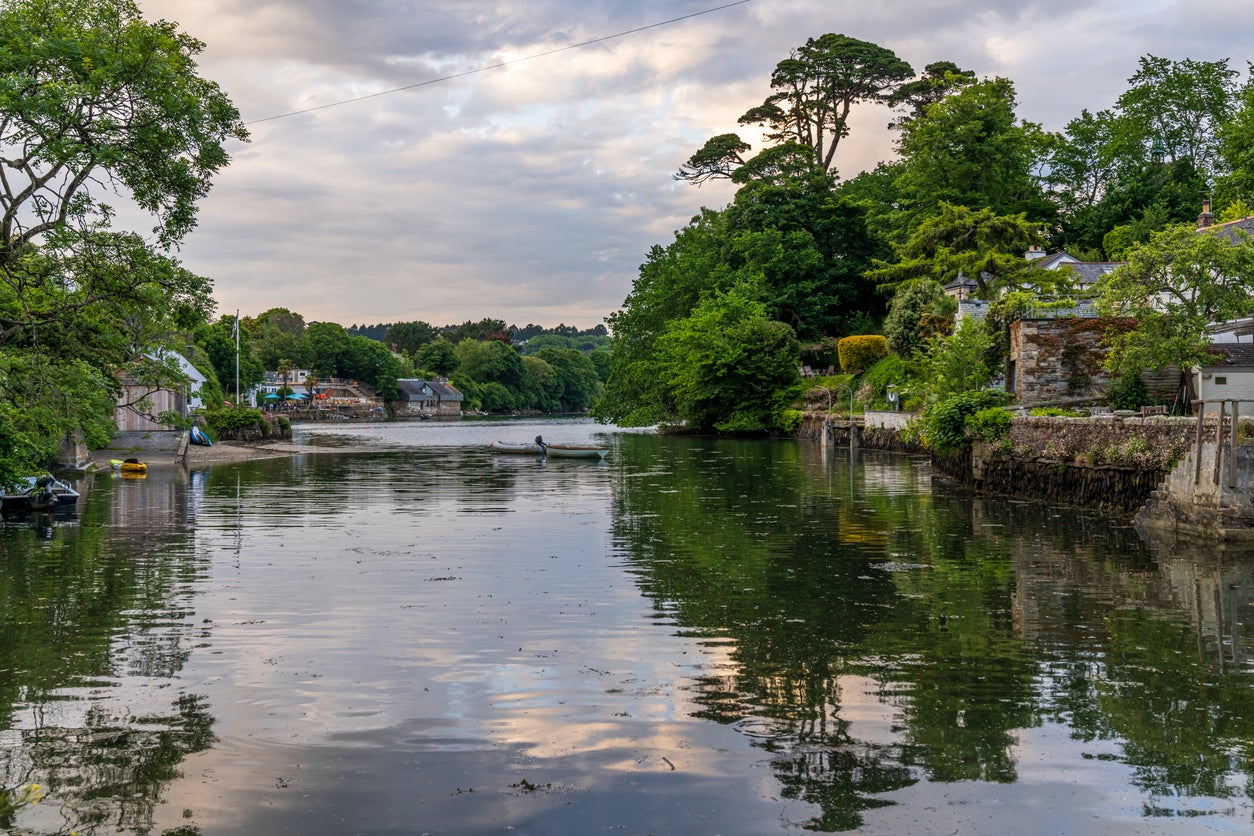
Frenchman’s Creek is a particularly scenic point on the Helford River, near the village of Helford itself. The width of the river around here means that kayaking and even small boat trips are possible, and there’s a popular three-mile walk that takes in the woodland and farmland while leading you to the top of a nearby hill for the best views over the creek itself.
Read more: The best walks in Cornwall, from coastal routes to countryside ambles
Cawsand and Kingsand

Cawsand and Kingsand are twin villages in the southeast of Cornwall, on the county’s quieter, more secluded Rame Peninsula. This area, also known as Cornwall’s ‘forgotten corner’, is an officially designated area of outstanding natural beauty (AONB) and this, combined with its difficult-to-reach location, means that it is a natural haven that avoids the type of crowds that are typical of a Cornish summer.
Both of these villages are quintessentially Cornish, with narrow streets lined with fishing cottages that lead down to small stretches of ‘village beach’. They can get busier on the weekends due to day-trippers from Devon, but these villages remain firmly off Cornwall’s beaten path.
Read more: 10 best things to do in Cornwall, from surfing to seafood feasts
Lantic Bay
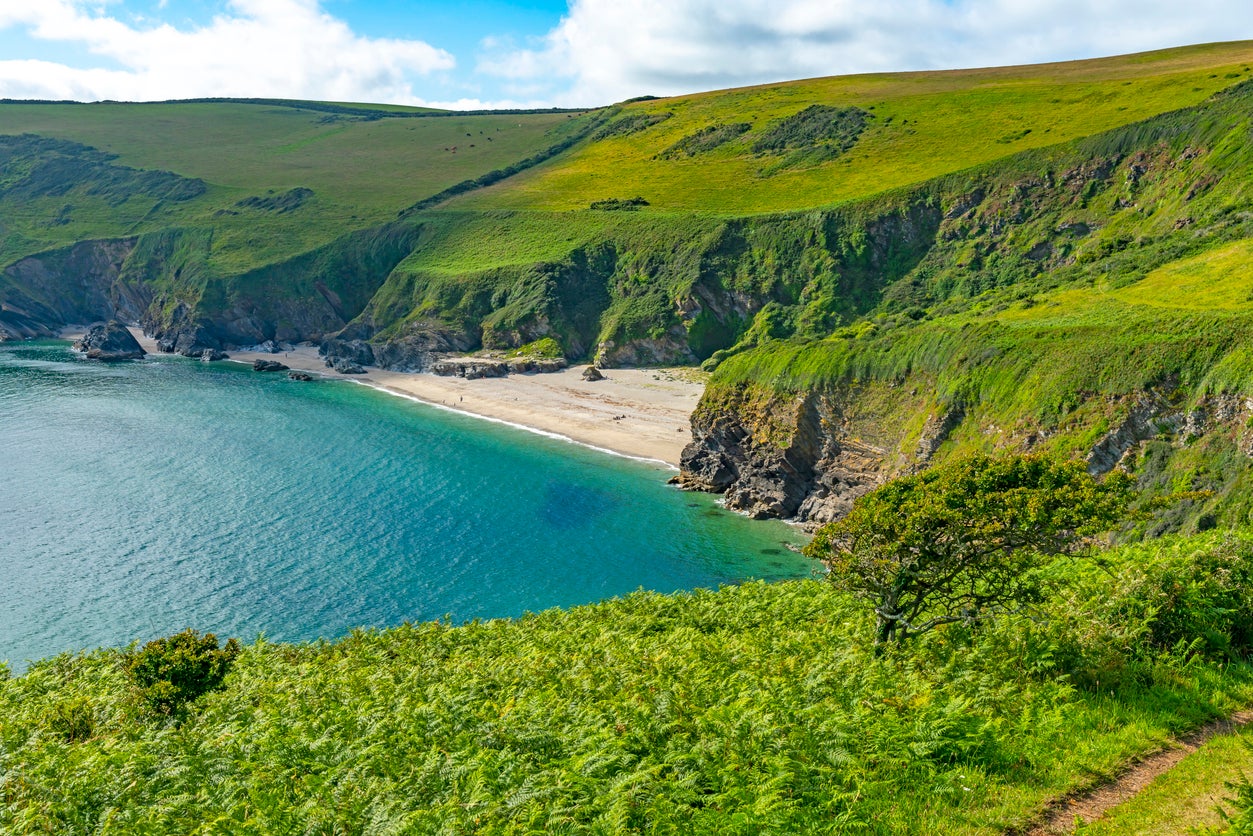
Lantic Bay is found between the towns of Fowey and Polperro, on Cornwall’s southern coast. Verdant hills, golden sands and turquoise waters combine to offer one of Cornwall’s most picturesque beach spots, and despite being a fairly well-known part of the county, it is rarely packed with visitors. This is mainly down to the difficulty in reaching the shores, with steep and sometimes uneven paths – but the effort is more than worth it.
Read more: The most beautiful beaches in Cornwall to visit this summer
Roche Rock
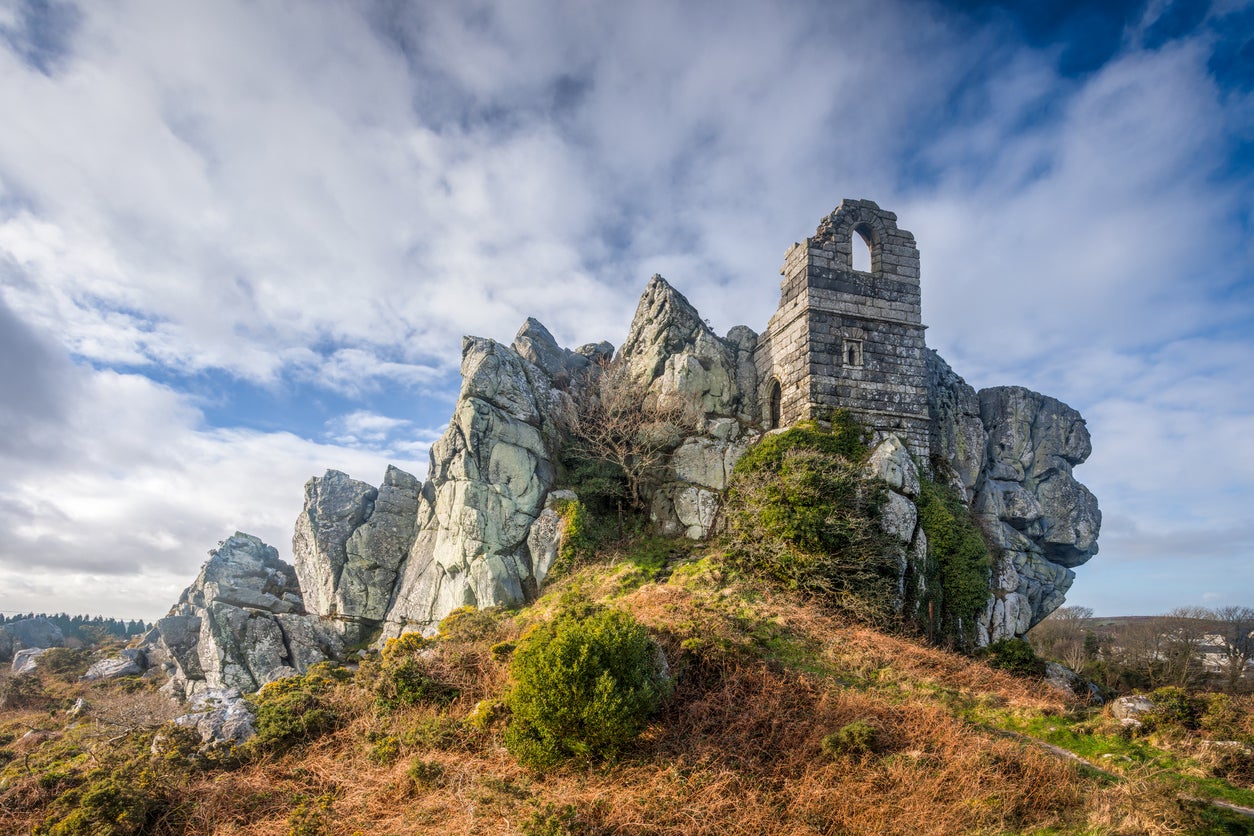
Roche Rock is a 20-metre-high rocky outcrop near the town of Roche, in the heart of Cornwall’s china clay country. On top of the rock sits a supposedly haunted 15th-century chapel, dedicated to St Michael, which rises out of the granite landscape . The chapel is said to have been home to hermits, and to this day is still the subject of various local folk tales.
Pentire Steps
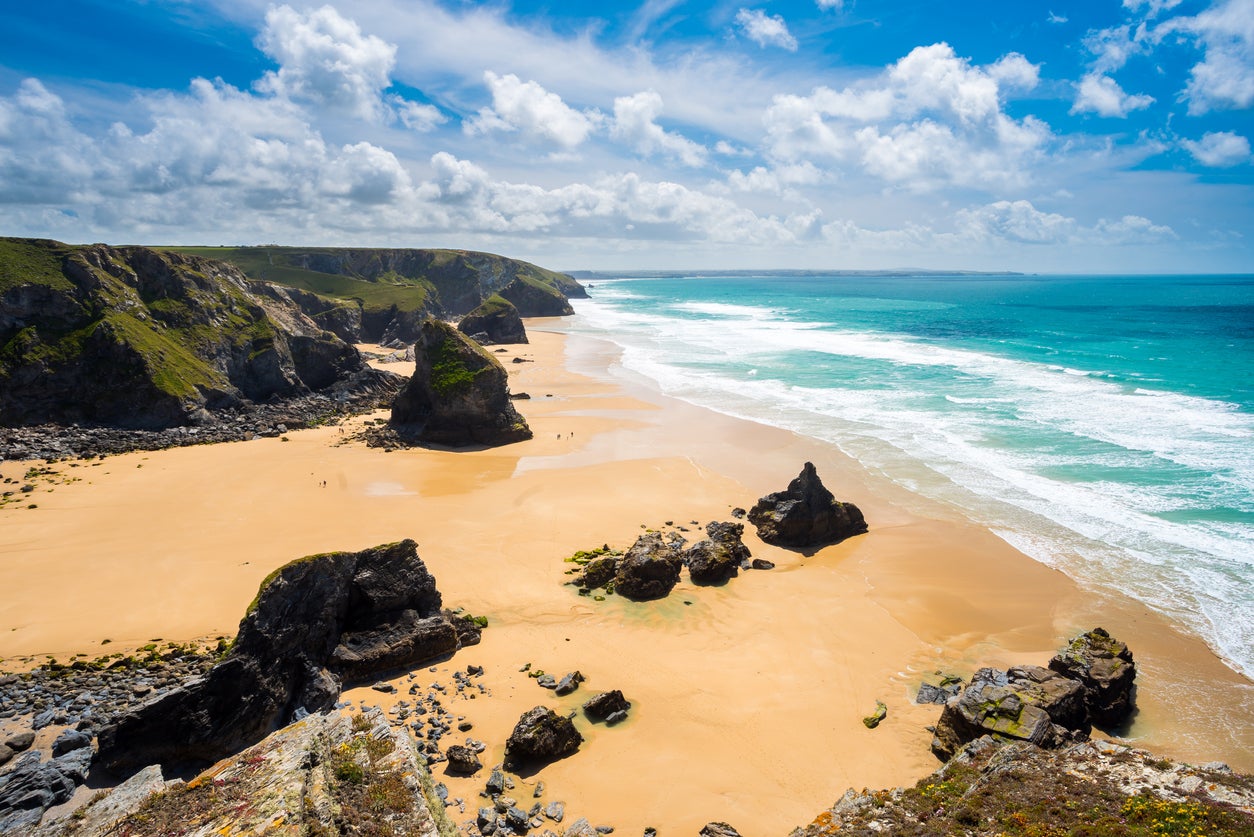
Pentire Steps is the quieter, more northerly neighbour of Bedruthan Steps. It lies between Padstow and Newquay, and this cove is the ideal secluded spot for a brief stop during a walk or hike. It’s not suitable for a day trip – due to lack of facilities, strong currents and the fact that the beach disappears at high tide – but this means that it is rarely crowded, so there’s a chance you’ll have the golden sands to yourself.
Read more: Best hotels in Newquay
Port Quin

Port Quin is another secluded coastal spot in the north of the county. This sheltered inlet lies on an unspoilt part of the coast, perhaps less visited because of its lack of sand. The rocky shores are more popular with those looking to paddleboard or kayak in the calm waters. Four cottages line the beach here, all of which belong to the National Trust and can be rented out for the ultimate in secluded accommodation.
Read more: 12 best hotels in Cornwall for 2025
Cadgwith
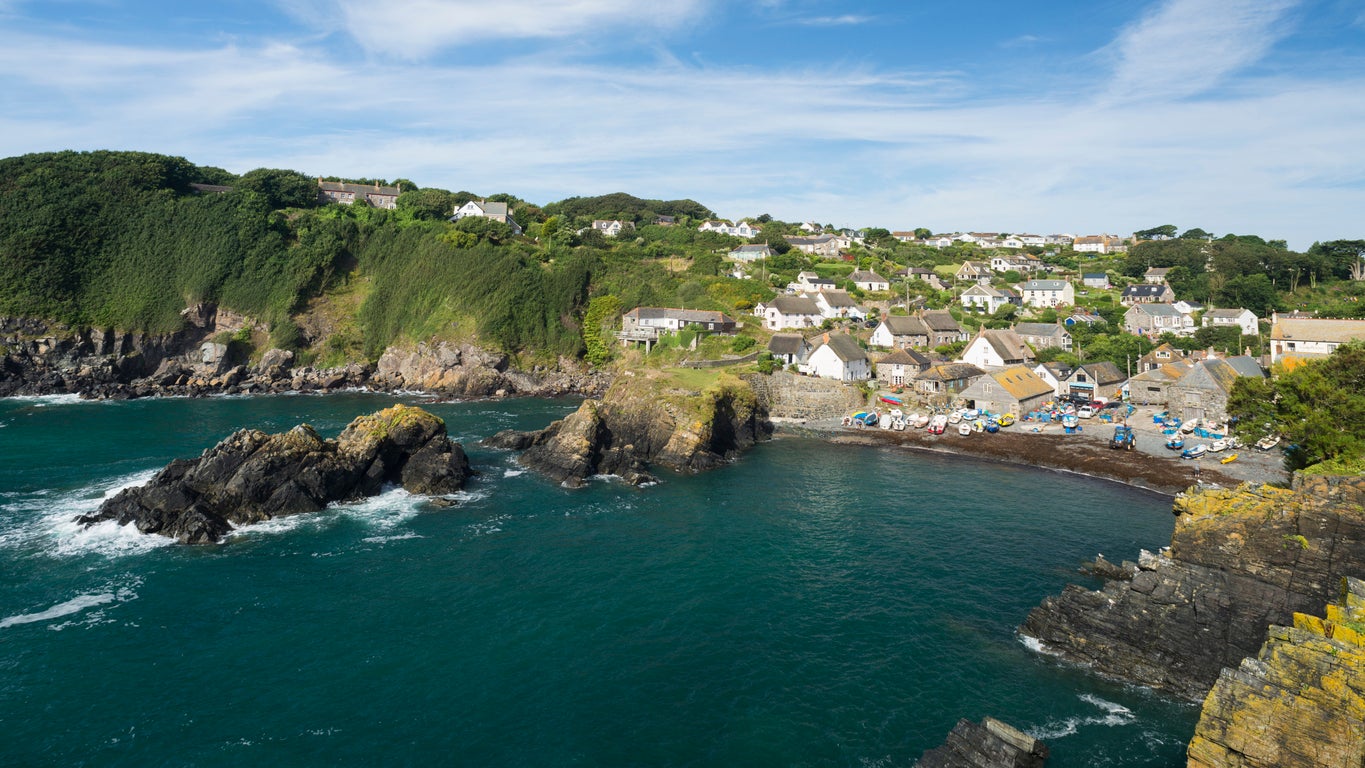
Cadgwith is another picture-perfect Cornish fishing village. It’s located on the eastern side of the Lizard peninsula, and usually remains free from the crowds that can plague places such as St Ives. The village rises gently from the shores, with the rolling hills sparsely populated with thatched fishing cottages and a lively local pub, which give this charming village a real sense of tradition and, in places, a sense of being lost in time.
Read more: Seaside fads Padstow, Salcombe and Margate are over – these underrated spots are in
Rough Tor
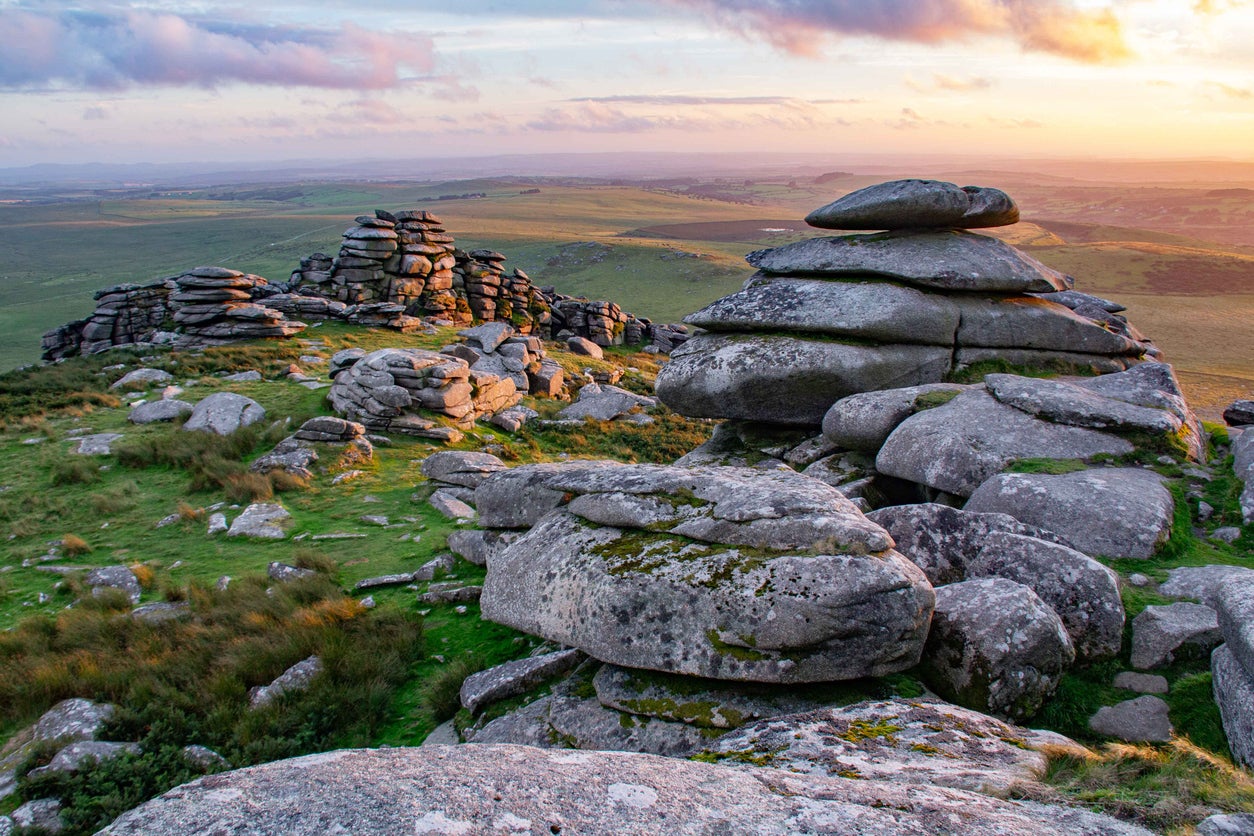
Bodmin Moor has 35 different tors, but Rough Tor is certainly one of the most impressive of these rock formations. The site itself has an ancient beauty – in its neolithic monuments and Bronze Age hut circles – that’s somewhat comparable to Stonehenge, and if you visit at the right time during a walk or hike, you might have part of the moors to yourself.
Lizard Point
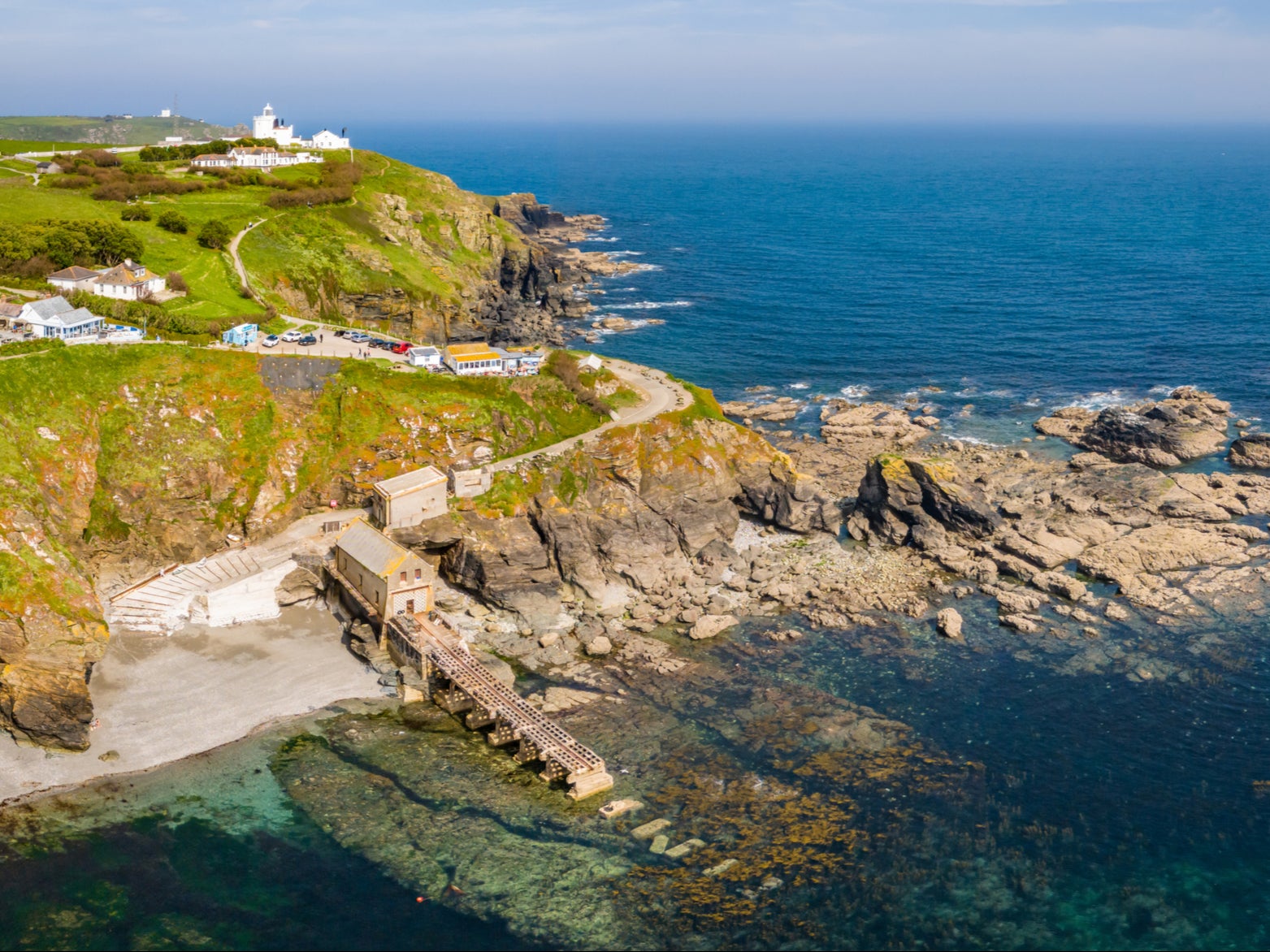
Skip the crowds at Land’s End and head to mainland Britain’s southernmost tip, Lizard Point, for dramatic cliffs etched out by the Atlantic Ocean and an interesting maritime history. Its distinct geology and rich biodiversity have captured the hearts of conservationists, while visitors can enjoy the wonders at the Wildlife Watchpoint, open from the start of April. Borrow a pair of binoculars for a chance to spot seals, dolphins and Cornish choughs – and if you’re lucky, you might even glimpse a whale.
Pendeen
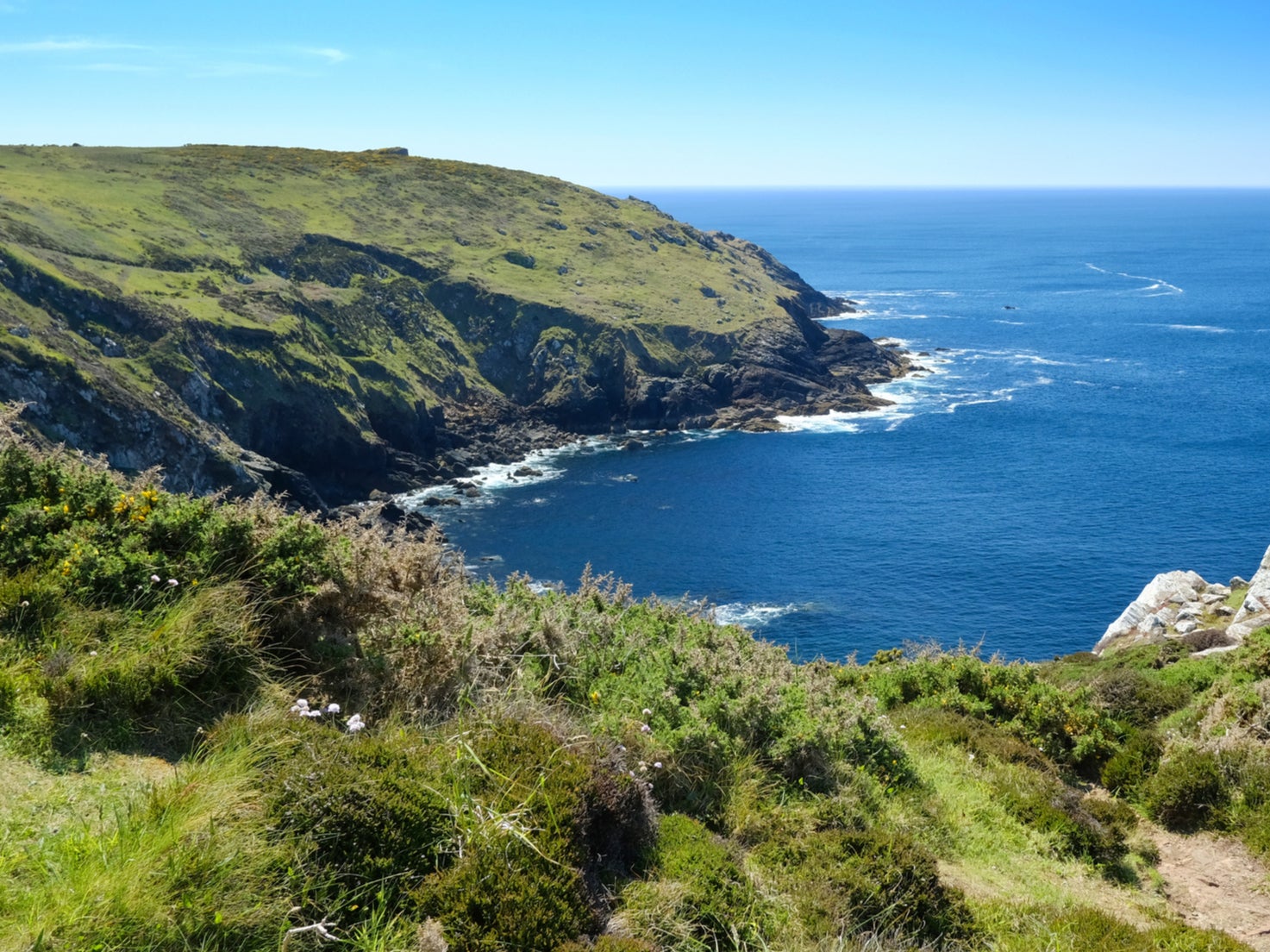
It’s now famed as a filming location for BBC’s Poldark, but Pendeen remains unspoilt. The village stretches along the Penwith Peninsula, known for its history as a major tin mining area, and is best enjoyed by taking the coast path from Pendeen Lighthouse towards the crescent sands of Sennen Cove. The nine-mile walk is rewarded by a bounty of wildlife and panoramic views. Along the way, stop at Geevor Tin Mine for the opportunity to go underground in a former tin and copper mine.
Read more: 10 of the best things to do in Cornwall on a rainy day



 Africana55 Radio
Africana55 Radio 
